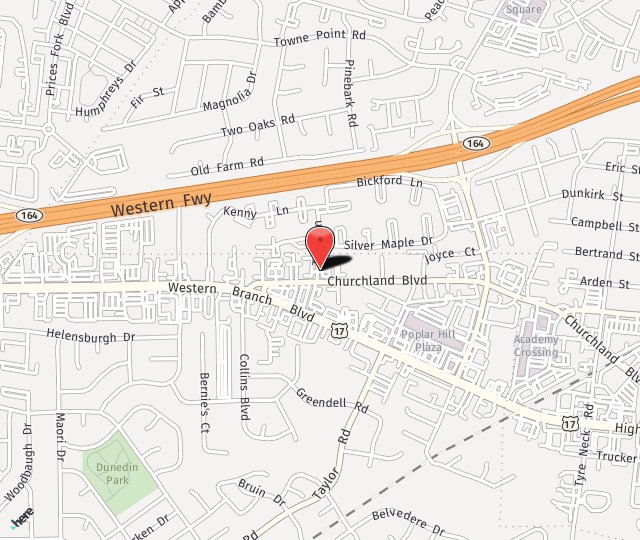Ptosis is the drooping of the upper eyelid. While ptosis is usually the result of aging, some people develop ptosis after eye surgery or an injury, and sometimes the condition is congenital. Because ptosis may be present due to serious causes, patients with this disorder should be checked by a medical professional to determine whether treatment is necessary, and if so, what kind.
Dial (757) 484-0515 today if you are interested in learning more about Ptosis or if you wish to determine whether you are a candidate for treatment. Our expert eye doctors can construct a personalized treatment plan for your needs.

Causes Of Ptosis
Typically, ptosis results from loosening of the tendon responsible for raising the eyelid or from damage to the nerves that control the muscle. Sometimes, however, the reason for ptosis is more troubling. In addition to the possibility of the disorder occurring as a congenital condition, or as a consequence of an injury or surgery, ptosis may be caused by:
- Migraine headache
- Growth in the eyelid, such as a stye
- Stroke
- Myasthenia gravis
- Horner syndrome
- Benign or malignant tumor
In rare instances, ptosis can occur due to a brain tumor or other malignancy that affects the reactions of muscles or nerves.
What Are The Symptoms?
Ptosis presents as the drooping of one or both eyelids and perhaps one or more of the following symptoms:
- Difficulty opening the eye
- Reduced vision (with severe drooping)
Since ptosis caused by aging is usually gradual, a sudden onset of symptoms is greater cause for concern.
How Is Ptosis Diagnosed?
Ptosis is typically diagnosed by an ophthalmologist, who can also frequently determine the cause of the problem. In order to perform a comprehensive eye examination, the doctor may test visual acuity, perform visual field testing, a slit-lamp examination, and, possibly, a tension test for myasthenia gravis.
If there is a suspicion of an underlying systemic disease, the patient will be referred to an internist or other physician for further investigation.
Treatment Options
Patients may seek treatment for droopy eyelids for cosmetic or medical purposes. Severe drooping may obstruct vision as the eyelid gradually droops lower and lower, eventually covering the eye. If ptosis interferes with a patient's vision, a surgery can be performed to eliminate the drooping. Children with mild to moderate ptosis should be examined regularly to check for other vision problems including amblyopia, refractive errors and muscular diseases.
Patient Testimonial
"I love Southside Eye Care. I am always treated like I matter and the Optometrist Dr Hallberg is down to earth. The Nurses are always personable as well as the Front desk receptionist. The eyeglass department staff is also awesome. Everyone is very friendly, patient and knowledgeable. Thank you everyone for always making me feel like I matter."
Schedule Your Ptosis Treatment Consultation In Chesapeake, VA
Southside Eye Care proudly serves Chesapeake, Norfolk, Portsmouth, Suffolk and Virginia Beach Virginia as well as the surrounding areas. For more information on Ptosis call us at 757-484-0101 today or fill out our contact form for more information.

